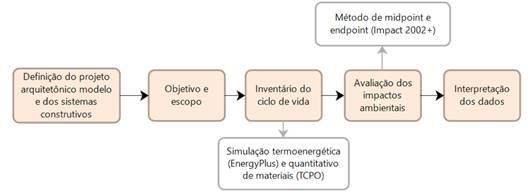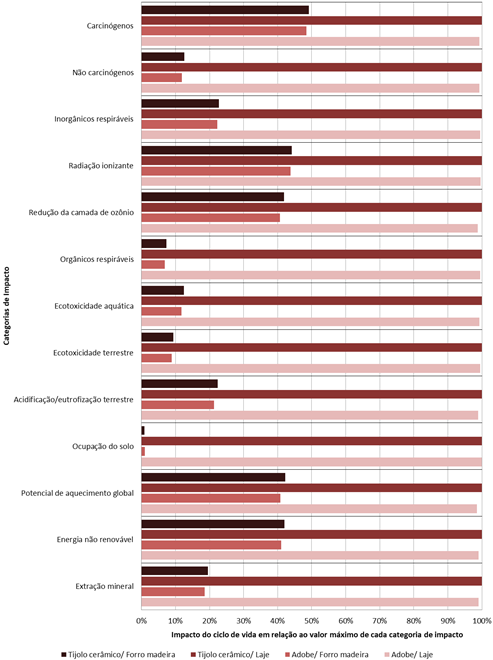Abstract
When a construction component is selected to improve the performance of a building throughout its operation, its impact must be verified throughout the life cycle to ensure the reduction of environmental impacts. Hence, the main objective of this study was to select the set of construction components with the lowest environmental impact to use in affordable housing in Florianópolis, by means of life cycle assessment (LCA). An LCA was developed using two types of walls and two types of roofs. For the walls, ceramic bricks with coating and adobe bricks with lime earth mortar were considered. For the roofs, ceramic tiles with a wooden ceiling and ceramic tiles with a concrete slab were considered. The life cycle impact assessment (LCIA) method used was IMPACT 2002+. The results obtained were compared with the ReCiPe method. Computer simulation was applied through the EnergyPlus programme to calculate the annual energy consumption. The set with the lowest energy consumption was the adobe wall and concrete slab. Both methods used for the LCIA showed consistent results for most impact categories. Hence, the set with the lowest environmental impact obtained through the LCA was the adobe brick wall with a wooden ceiling.
Keywords:
Life cycle assessment; Computational simulation of buildings; Affordable housing

 Thumbnail
Thumbnail
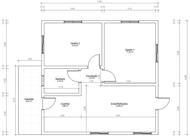 Thumbnail
Thumbnail
 Thumbnail
Thumbnail
 Thumbnail
Thumbnail
 Thumbnail
Thumbnail
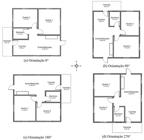 Thumbnail
Thumbnail
 Thumbnail
Thumbnail
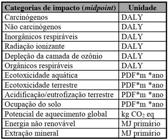 Thumbnail
Thumbnail
 Thumbnail
Thumbnail
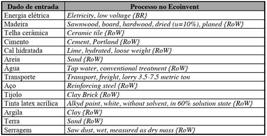 Thumbnail
Thumbnail
 Thumbnail
Thumbnail
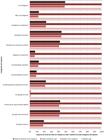 Thumbnail
Thumbnail
 Thumbnail
Thumbnail
